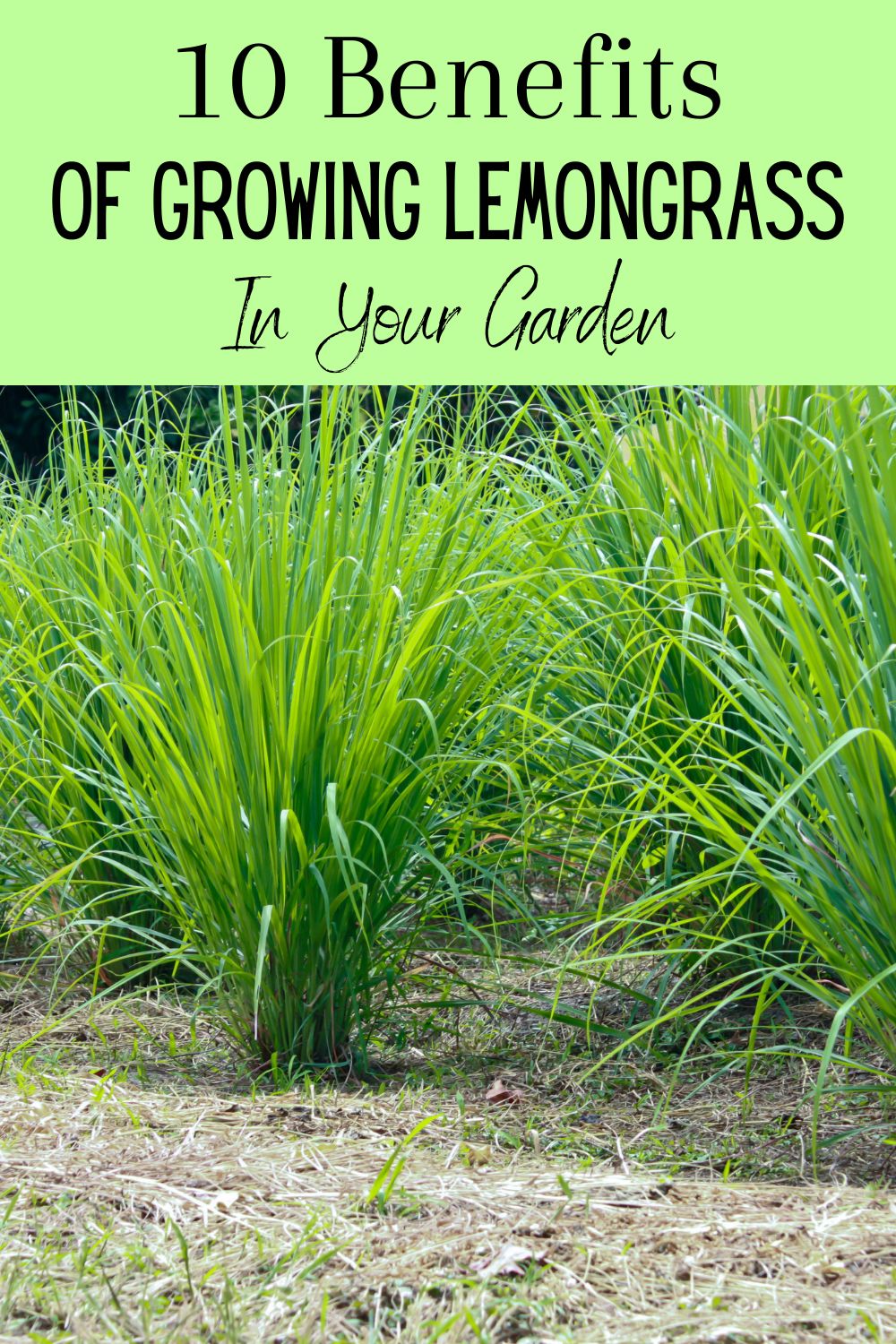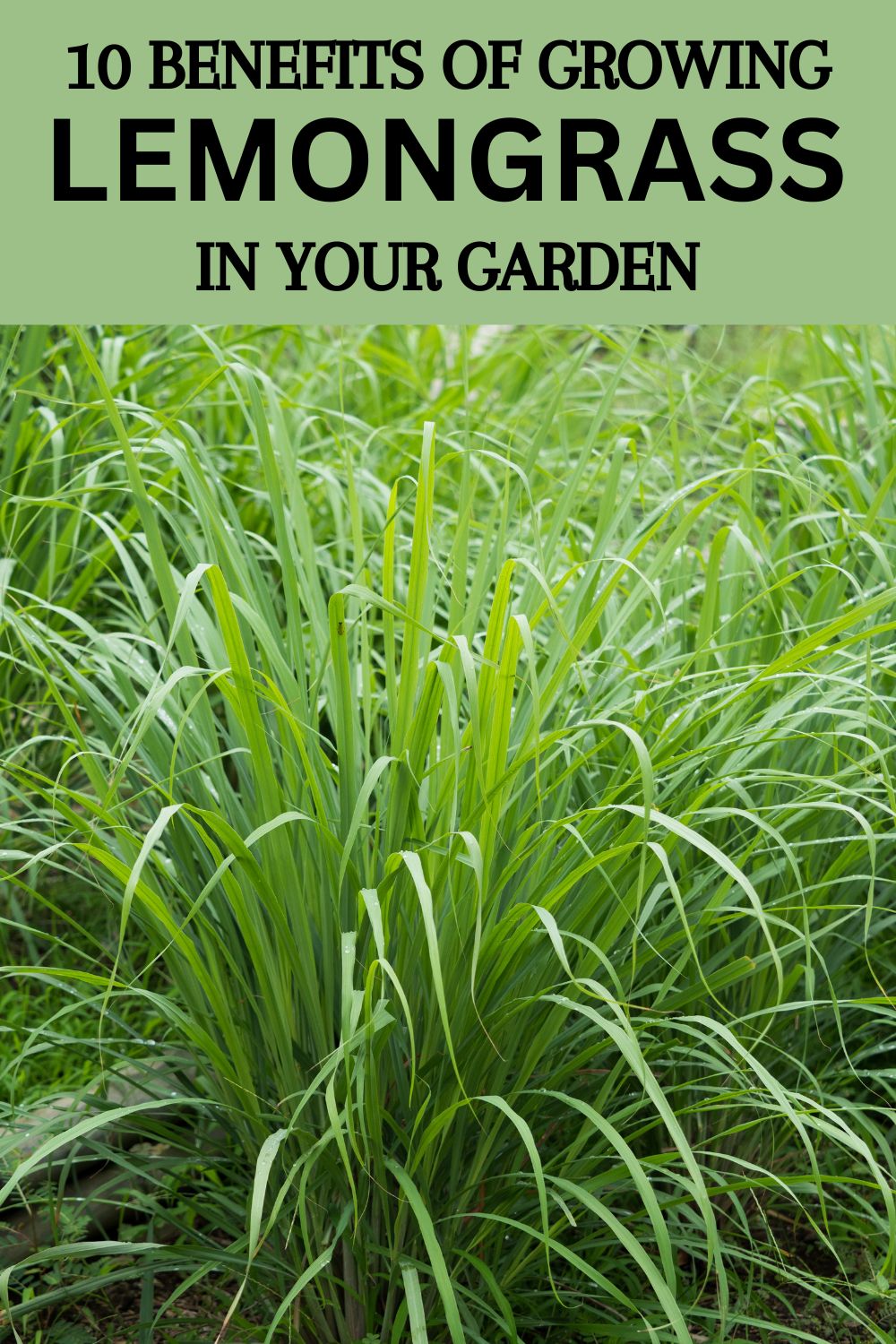Lemongrass is a tropical plant that can be found in many places around the world. It has a citrus-like flavor and aroma, which makes it helpful for creating everything from teas to sauces. The plant itself also has many health benefits, including aiding digestion and soothing coughs. Here are 10 reasons to grow lemongrass in your garden this year!
What is Lemongrass?
Lemongrass is a tropical plant that belongs to the grass family. It is native to Asia and is widely used in Asian cuisine. The plant grows to about 2-3 feet tall and has long, slender leaves. The leaves have a lemon-like scent and flavor. Lemongrass is used fresh or dried in cooking. It is also used to make tea, essential oils, and cosmetics.
The main benefit of lemongrass is its culinary uses. Lemongrass adds a unique flavor to food. It can be used in soups, stews, curries, and marinades. It is also used to flavor tea and cocktails. Lemongrass is rich in vitamins A and C, as well as minerals such as iron, magnesium, potassium, and calcium.
Lemongrass also has many health benefits. It has been shown to boost the immune system, improve digestion, relieve stress, and fight inflammation. Lemongrass essential oil can be used to treat headaches, muscle pain, and skin conditions such as acne.
In addition to its culinary and health benefits, lemongrass has several other uses. The leaves can be used as mulch or compost. Lemongrass oil can be used as a natural insecticide or mosquito repellent. The plant can also be used ornamental purposes.
Growing and Care
Lemongrass can be grown from seed, but it is easier to start with young plants from a nursery. It is best to plant lemongrass in the spring or fall. Choose an area of your garden that gets full sun and has well-drained soil. To prepare the soil, mix in some compost or organic matter. Plant the young plants 18-24 inches apart. Water regularly, especially during dry spells. Fertilize every few months with an all-purpose fertilizer.
Lemongrass does not tolerate frost and should be planted in an area that offers protection from cold weather. In colder climates, lemongrass can be grown indoors as a houseplant. Place the pot in a sunny location and water when the soil feels dry to the touch. Cut back on watering during the winter months.
You can harvest lemongrass anytime during the growing season. Cut the stalks near the base of the plant. Use fresh lemongrass in soups, curries, and stir-fries. You can also dry or freeze the stalks for later use.
10 Benefits of Growing Lemongrass
Lemongrass is a versatile and easy-to-grow herb that offers many benefits. Here are some of the top reasons to grow lemongrass in your garden:
1. Lemongrass is a natural mosquito repellent.
2. Lemongrass oil can be used for aromatherapy or topically for pain relief.
3. Lemongrass is a great addition to flavor many Asian dishes.
4. Lemongrass can be used fresh, dried, or powdered.
5. Growing lemongrass is relatively easy and it doesn’t require a lot of space.
6. Lemongrass is drought tolerant and can be grown in poor soil conditions.
7. This herb can be grown indoors or outdoors.
8. Lemongrass is a perennial plant, so it will come back year after year.
9. Harvesting lemongrass is easy and can be done throughout the growing season.
10. Lemongrass is a beautiful plant that adds interest to any garden.
















